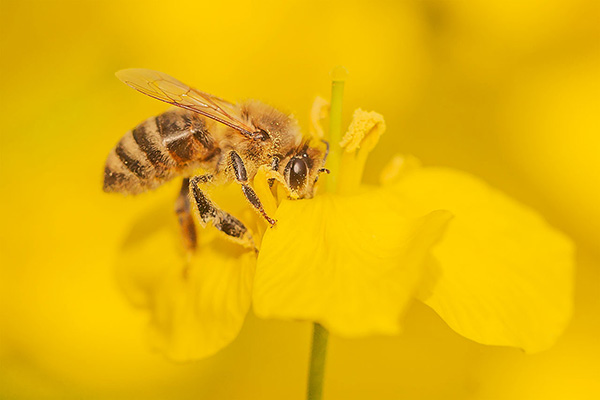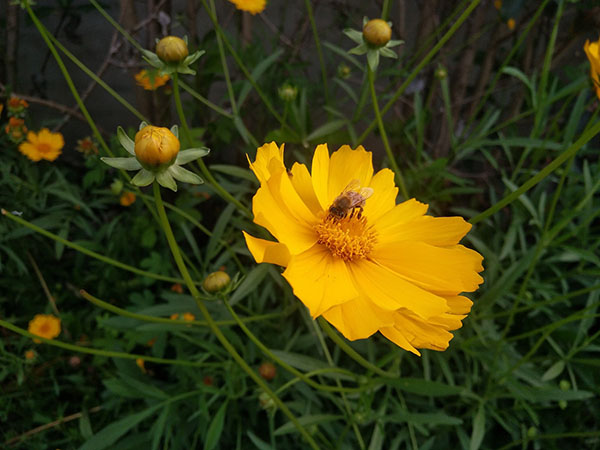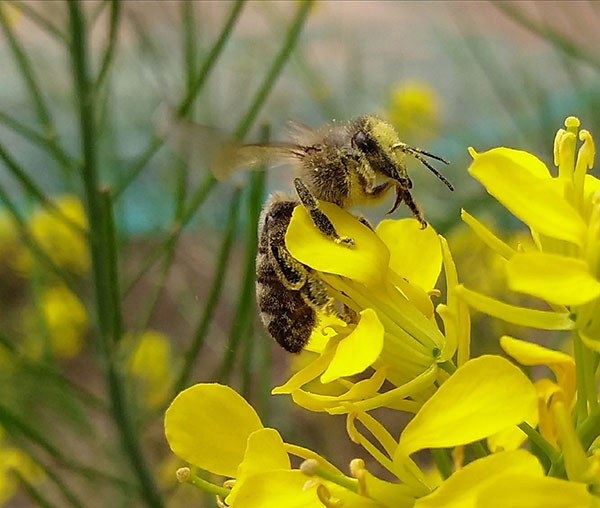How to lure bee colonies, bee trap tips and precautions
 Sep 09,2022
Sep 09,2022
 708
708
 Lucia Ma
Lucia Ma
The most direct way to get a bee colony is to lure bees in the wild. The bee trap is an improved bee trapping tool from ordinary beehives. Its function is to attract bee colonies living in the wild to build nests in the beehives. However, if you want to successfully lure bee colonies, you must first lure scout bees. It is basically impossible for scout bees to lure bee colonies. Let's take a look at the bee trapping techniques and precautions!

1.The best time
There are two main peak periods for scout bees to investigate new nest sites. One is the natural splitting period when wild bee colonies are more concentrated, and the other is the high incidence period when wild bee colonies have to abandon their nests and migrate due to various reasons. From the perspective of specific time, the natural bee splitting period is mostly concentrated in spring when the climate is suitable and the nectar source is abundant, while the high incidence of migration is mainly concentrated in the summer and autumn when the nectar source is scarce or the enemy is serious.
2. Bee trapping tools
The function of beehives is to attract wild bee colonies to build their nests. Although most of the beehives are converted from ordinary beehives, there are two key points in converting ordinary beehives into beehives. The first is that the beehives must have no odor that bees hate. Otherwise, it will not be able to attract wild bees to build their nests. The second is to smear some beeswax on the inner wall of the beehive and the door of the nest, because beeswax has a natural attraction to bees.
3. Placement
The placement of bee traps is the key to attracting bee colonies. The following four aspects can be considered when selecting bee trap locations. One is that there must be wild bee colonies in the vicinity, and the other is that there must be wild bee colonies nearby. Abundant and relatively continuous nectar sources, the third is that the nearby environment must be completely in line with the nesting habits of bees, and the fourth is that the nearby enemies must be few and conducive to the bee colony to resist natural enemies.

4. Apply beeswax
Brushing beeswax water and smearing beeswax on the beehives have become one of the important ways for people to protect the beehives. The beehives smeared with beeswax have a faint aroma of beeswax, which can improve people's success rate of bee trapping, because wild bees are sensitive to beeswax. The odor is more sensitive and liked. The bee-wax trapping box is more likely to attract bees to scout. If the wild Chinese bees have scout bees who find the trapping box, they will have a survey period. If the bees are interested and satisfied with the trapping box, they will When the current residence is not satisfied or the bees are divided, they will come to lure the beehives to settle down. There is a colony of bees to lure the bee hives to settle in, then we have successfully lured the bees.
5. Harvest bee colonies
After the trapping hives are installed, they must be checked regularly. Especially in sunny weather after a long rain, there are often unexpected surprises. After successfully attracting the bee colonies, the bee colonies must be passed through the box to the normal beehives in time , and the trapping beehives can continue to be placed. In order to trap more bee colonies in place, the trapping hives are also easily invaded by snakes, insects, rats, ants, etc. The solution is to clean the trapping hives and raise the position appropriately.

6. Matters needing attention
The trapping hive must not have the peculiar smell that bees hate. In fact, the beehive with peculiar smell cannot lure the scout bees. Therefore, it is best to use the old beehive to transform the trapping beehive. The trapping hives should be placed according to the nesting habits of the bees. After the placement, be sure to check the bee trapping situation regularly. If the trapping beehives are invaded by snakes, insects, rodents, ants, etc., they must be dealt with in time.




 Tel:
Tel:

 Home
Home What to do if the hive colony is wet and why does it happen?
What to do if the hive colony is wet and why does it happen?  You May Also Like
You May Also Like







 Tel
Tel
 Email
Email
 Address
Address







